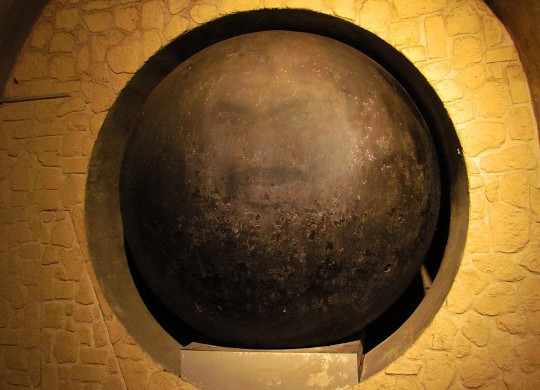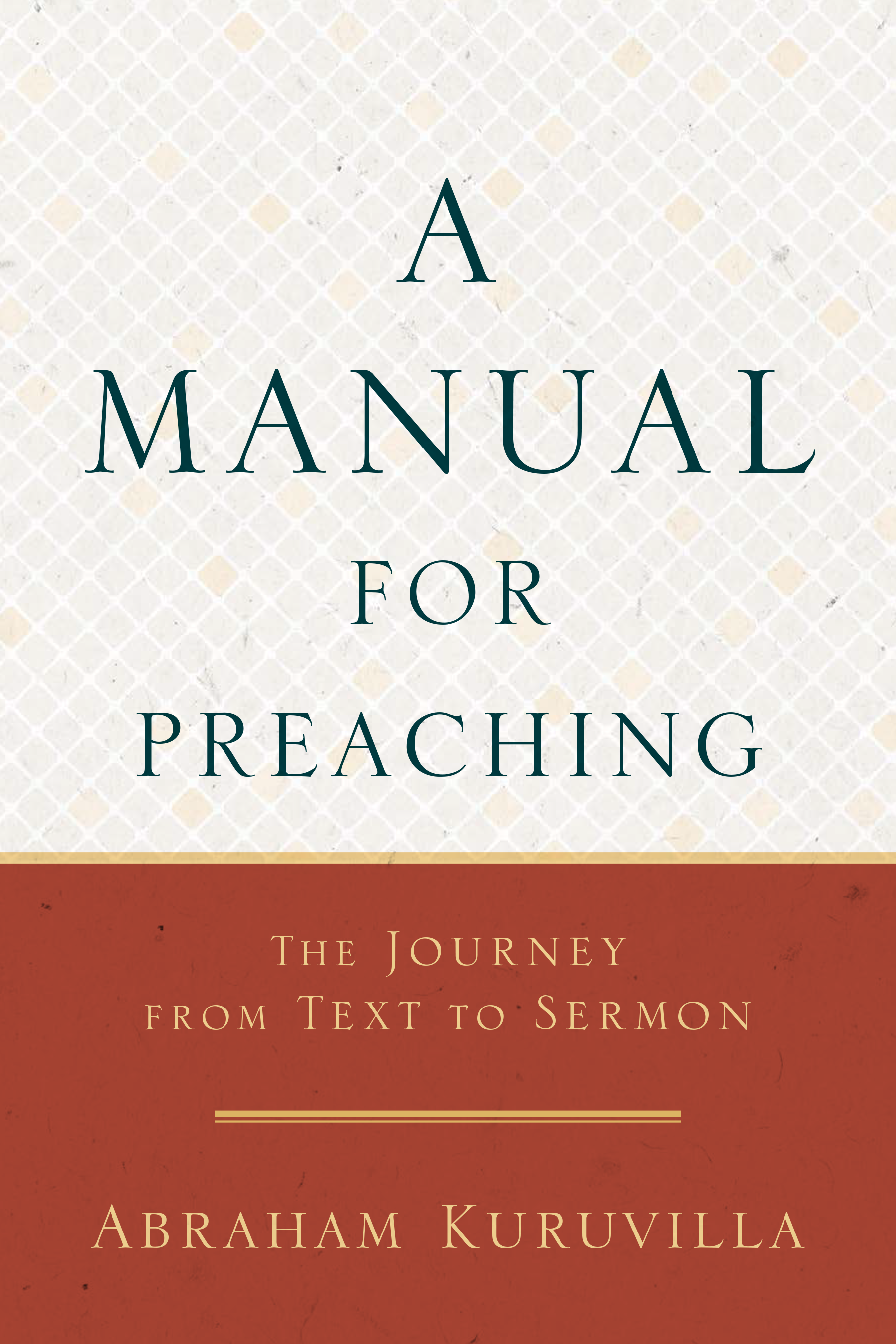Cleansing!

For all of its fancy cathedrals and cafes, chocolates and cheeses, museums and emporiums, Paris, like any other city, has a dark underbelly.
And you can see it all in Le Musée des Égouts de Paris—the Paris Sewer Museum. The museum is underground—yes, in the sewers—and yes, the sewers are functional—but no, it is only moderately stinky—and at €4.50, certainly worth checking out.
(Proves that the French can make a pretty good museum out of anything!)
Until the Middle Ages, wastewater in Paris was simply dumped on to unpaved streets that drained into the R. Seine. This worked well till the 18th century when the city began to explode in growth. Even the river was overrun with filth. Disease was rampant. Louis Pasteur, the famous microbiologist, would himself lose three children in the early 1800s to typhoid, typically a disease resulting from ingestion of contaminated food or water.
In 1805, Pierre Bruneseau, an intrepid adventurer, decided to map the aging sewer system. Even the police were scared to enter these dangerous caverns, but Bruneseau wasn’t, and along the way he discovered medieval dungeons, jewels, and the skeleton of an orangutan! The explorer was vaunted as the “Christopher Columbus of the cesspool.”
Finally, in the late 1800s, the present Parisian sewer was designed and built; it now extends about 1,500 miles, and collects 300 million gallons of wastewater every day.
Paris sewers have even made it into literature. Victor Hugo’s Les Misérables (1862) says this:
Paris has another Paris under herself; a Paris of sewers; which has its streets, its crossings, its squares, its blind alleys, its arteries, and its circulation, which is slime, minus the human form.”
Even the Teenage Mutant Ninja Turtles, usually residents of New York City’s sewers, made a transatlantic trip to stage two episodes in the sewers of Paris.
But sewers carry filth. Cities leave a huge trail of human detritus. And the sewers are the intestines and kidneys of the city.
Like other excretory systems, these too get filled with sludge and stuff, hampering drainage and necessitating resourceful cleaning operations. One of them involves these huge, six-foot, black balls— Boules de Nettoyage. With diameters slightly smaller than that of the sewer, they are introduced into the system and are pushed by the onrush of water, in the process cleaning out the droppings, dregs, and debris ahead of them. 500,000 gallons of solid crud and guck and goo and muck is cleared out of the sewers each year.
The sludge of sin, too, can create problems for us.
When I kept silent about my sin, my body wasted away
Through my groaning all day long.
For day and night Your hand was heavy upon me;
My vitality was drained away as with the fever heat of summer.
Psalm 32:3–4
Only some serious Boules de Nettoyage can clear the evil.
Be gracious to me, O God, according to Your lovingkindness;
According to the greatness of Your compassion blot out my transgressions.
Wash me thoroughly from my iniquity And cleanse me from my sin.
For I know my transgressions, And my sin is ever before me. …
I have sinned And done what is evil in Your sight.
Psalm 51:1–4
God’s lovingkindness and compassion was manifest in his sending his Son, God incarnate, Jesus Christ, to pay for our sins, fully, finally, and forever.
He Himself bore our sins in His body on the cross,
so that we might die to sin and live to righteousness;
for by His wounds you were healed.
1 Peter 2:24
Serious cleansing, indeed. Praise God!












 Abe Kuruvilla is the Carl E. Bates Professor of Christian Preaching at The Southern Baptist Theological Seminary (Louisville, KY), and a dermatologist in private practice. His passion is to explore, explain, and exemplify preaching.
Abe Kuruvilla is the Carl E. Bates Professor of Christian Preaching at The Southern Baptist Theological Seminary (Louisville, KY), and a dermatologist in private practice. His passion is to explore, explain, and exemplify preaching.
2 Comments
Then the Lord said to Joshua, “Today I have rolled away the reproach of Egypt from you.” So the place has been called Gilgal to this day. Joshua 5:9
I always wonder how “rolling” can take away reproach. Well…
That’s it. He must have used the Boules de Nettoyage!